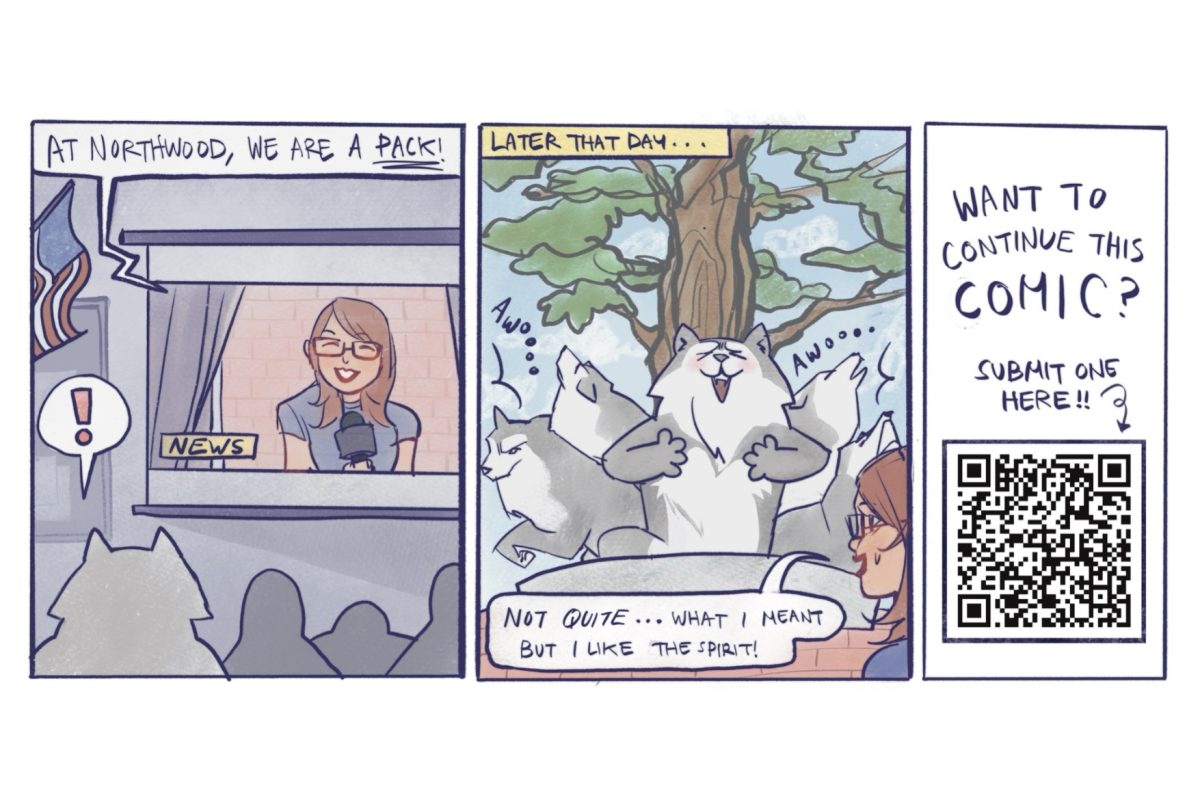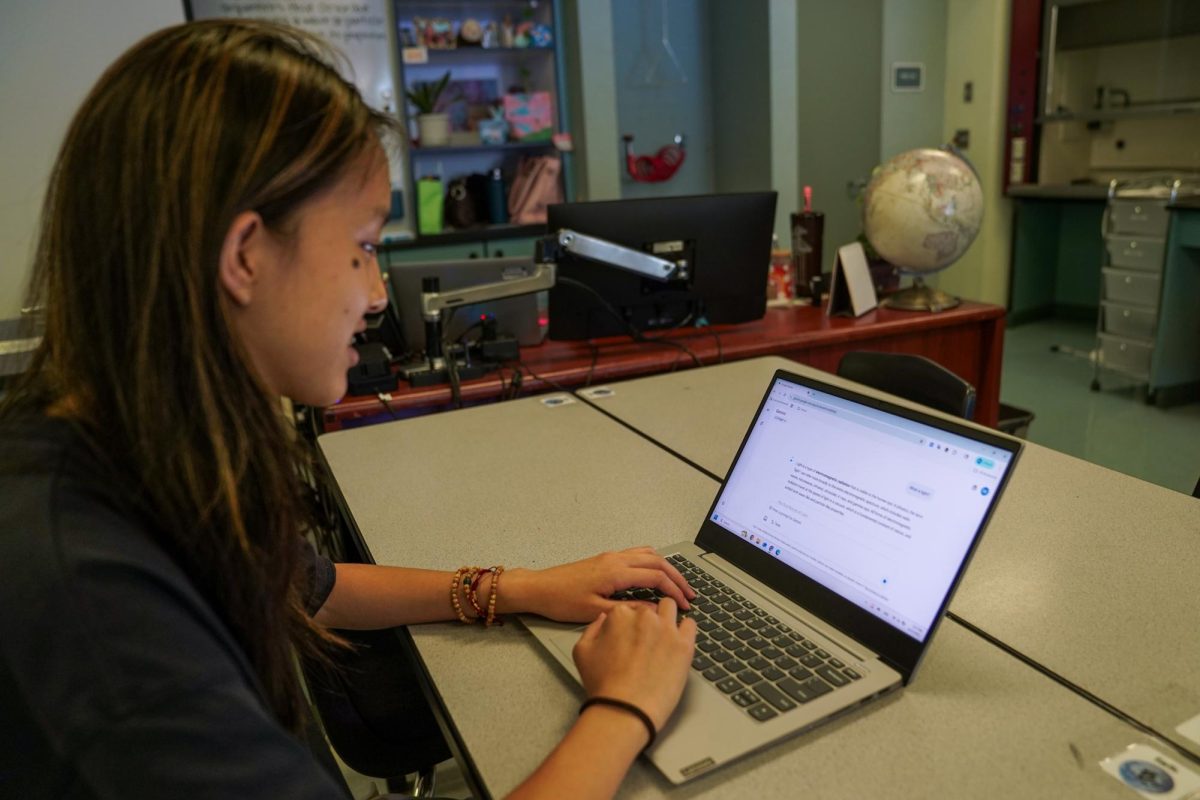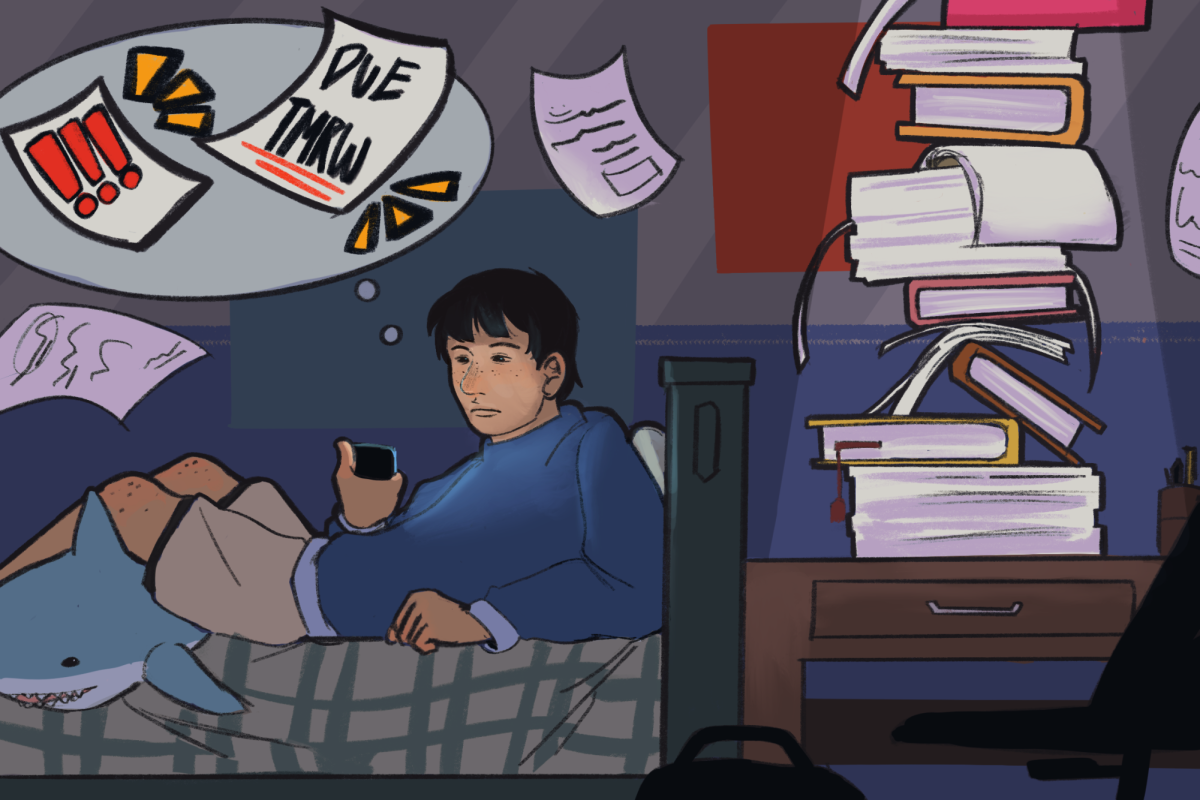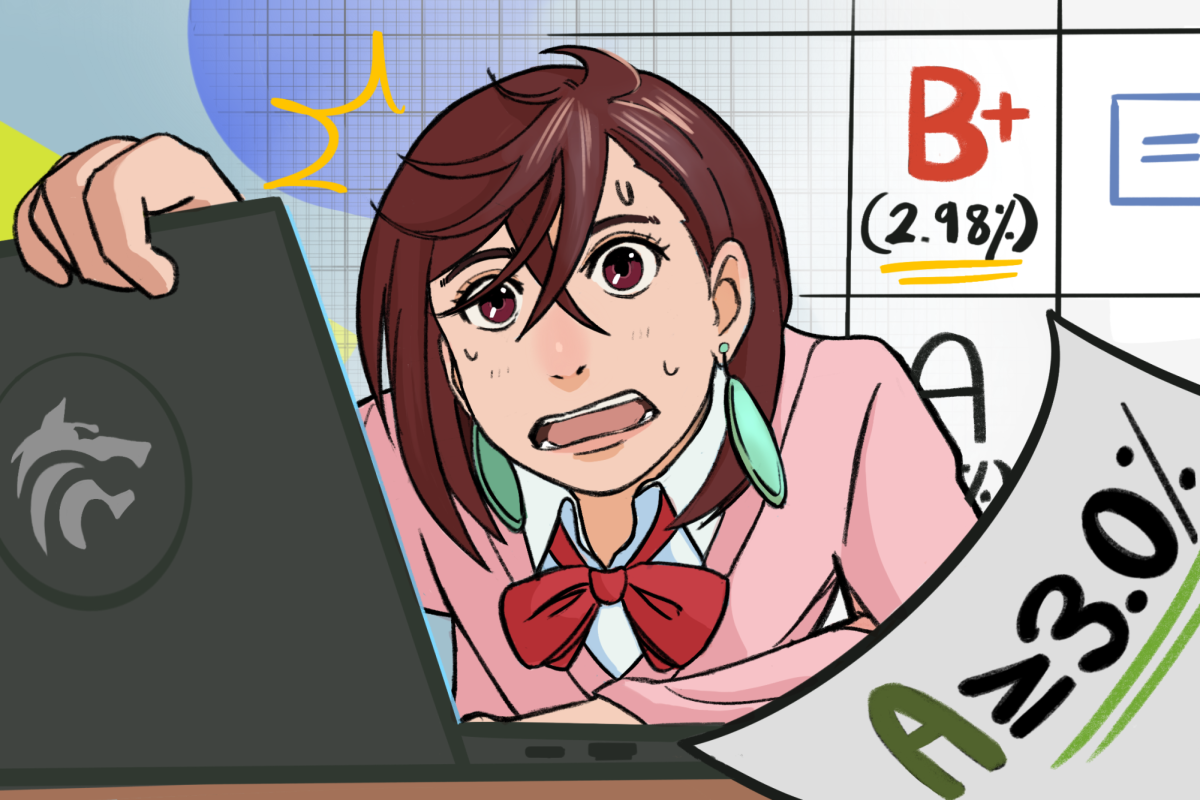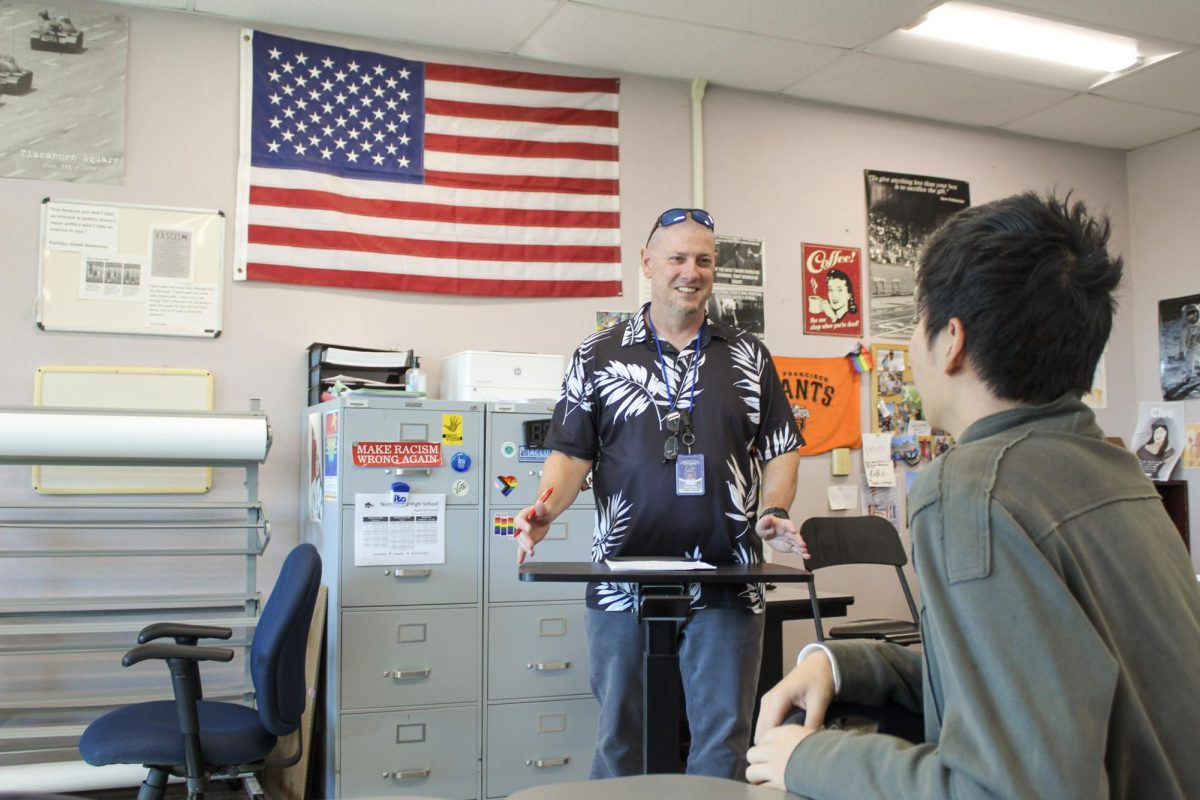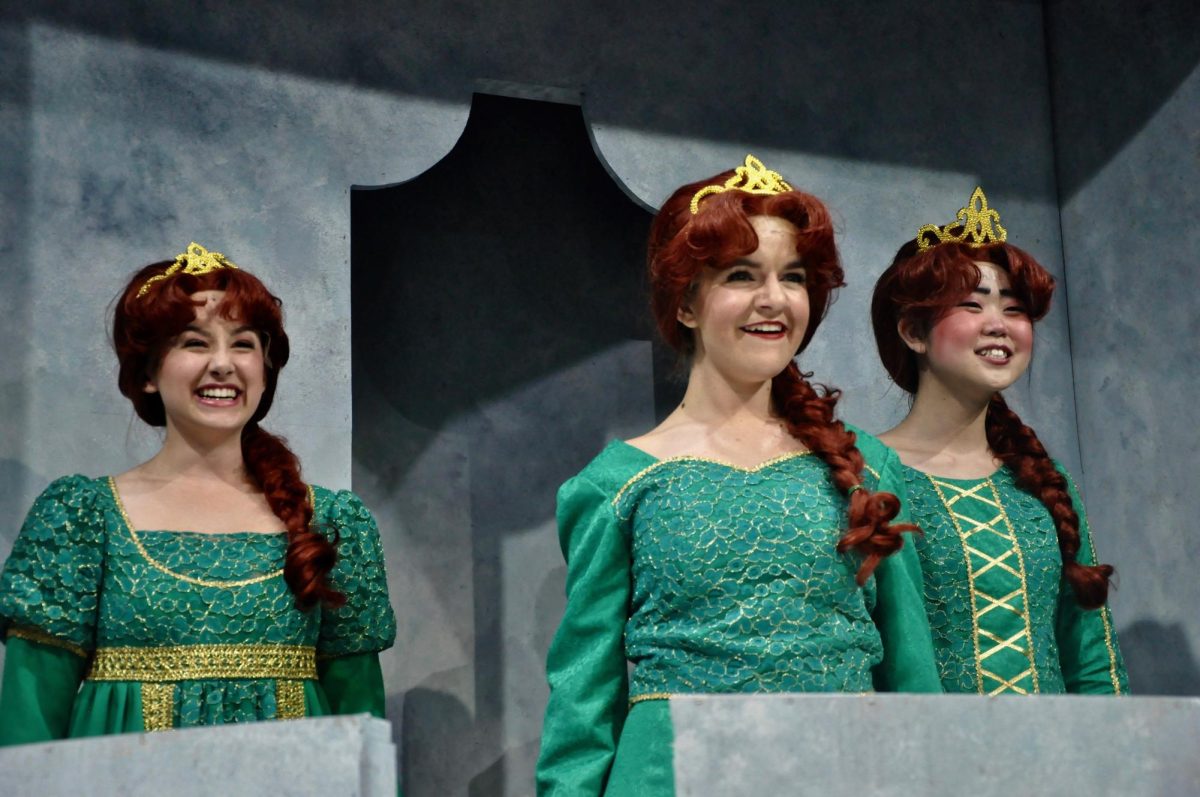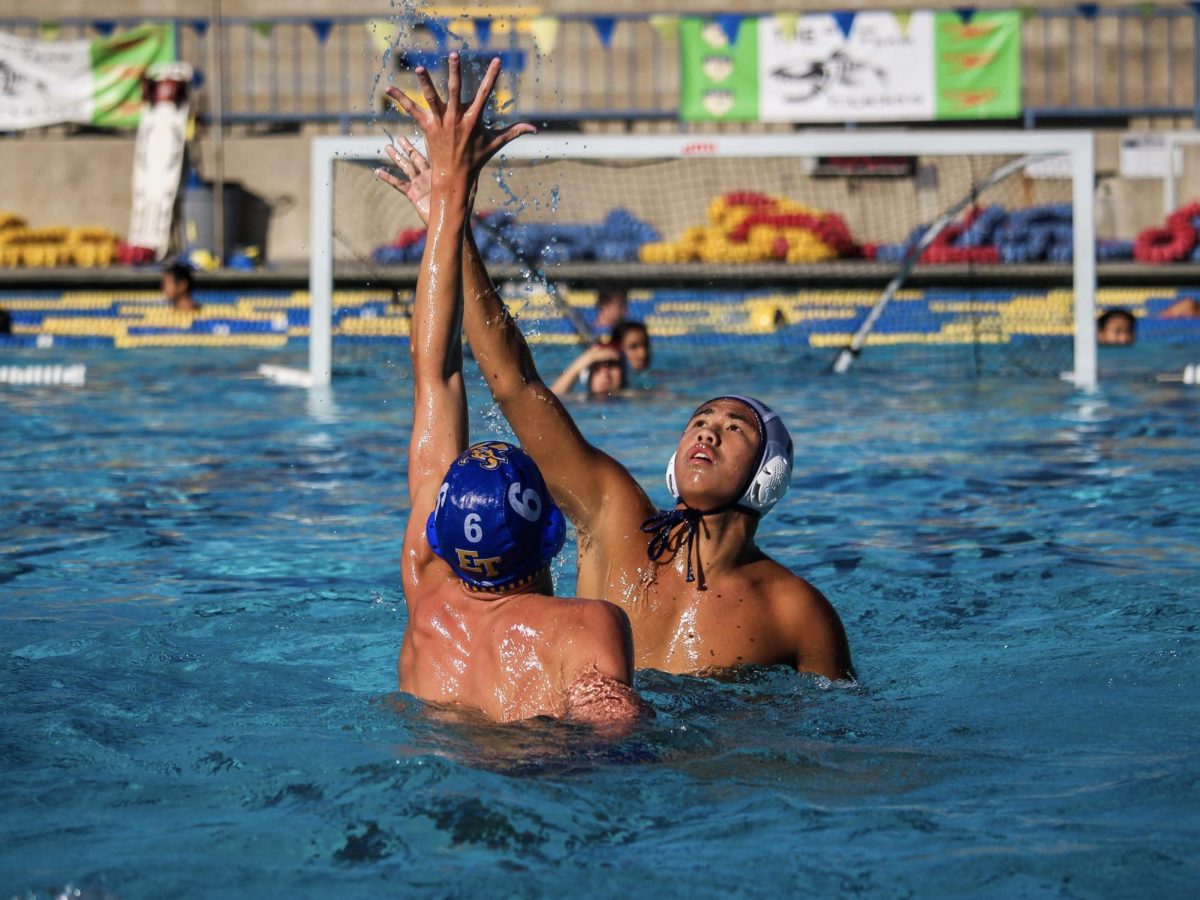What comes to mind when you think about playing an instrument?
While instruments like the guitar, piano and violin are well-known, they are far from the only options. Here are some of Northwood’s students and staff who have explored out-of-the-ordinary ways of making music through their cultural and unconventional instruments:
Guzheng:
Junior Kathy Li always had an appreciation for the beauty of ancient Chinese culture. After listening to recordings of classical Chinese instruments, she became interested in the guzheng, drawn to the crisp texture of the sound and the intricate fingerwork required to play it.
“I actually wanted to play the guzheng as a kid because of my interest in my Chinese heritage, but I had to move so I never got the opportunity,” Li said. “That’s why, when I finally got offered the chance, I took it, and I’ve been playing ever since.”
Li not only enjoys performing with her friends in an orchestra for Chinese cultural instruments but has excelled in musical competitions, earning silver at the 2023 International Hua Yue Cup.
“It was very different from any other instrument I’ve tried before and pretty uncomfortable to adjust to at first,” Li said. “The music is very different from western instruments and there are many different variations as well. However, I think these little challenges make it all the more worthwhile to learn.”
Bagpipes:
Suspected to have been around since the beginning of civilization, the bagpipes are a woodwind instrument deeply rooted in Scottish and Irish culture.
Along with his Scotch-Irish heritage, music director Ben Case’s interest with the bagpipes’ distinctive structure and unique playing style are all reasons why he chose to learn this beautifully peculiar instrument.
“I’ve always just been fascinated with the bagpipes: the nature of it, the history and the culture behind it,” Case said. “As I was getting closer to my 40th birthday I was trying to think, ‘What could I do that would be one of those things I’ve always wanted to do?’ which led me to decide to learn bagpipes.”
For Case, the bagpipes are less about playing the actual instrument and more about accomplishing a life goal. Case views it as a chance to check off a bucket list item, savor life’s small moments and celebrate the joy of learning something new.
“So many times, we have these really crazy aspirations,” Case said. “But to cross off little goals along the way and actually reach that ultimate goal, knowing it took awhile to get there, is something I can say: I’ve done this, I’ve had that experience and I’m better because of it.”
Harp:
Considered one of the most beautiful instruments in the world, the harp has an intricate structure and alluring sound that has captured the hearts of many, including sophomore Bia Yoo.
Inspired by Disney Songs like “Beauty and the Beast,” Yoo learned the harp at 11 years old and believes she has matured since then.
“Playing the harp has definitely allowed me to become more of an outgoing person because it’s connected me to so many people with musical interests,” Yoo said. “It’s also helped me gain more of a sense of responsibility that helps me to not procrastinate as much.”
Currently, Yoo is the only harp player in the IUSD district. Her goals for the future are to use her unique talents to perform for the elderly and hospitalized, allowing her to spread her love of music while also giving back to her community.
“I recommend trying the harp out, because it’s never too late to start,” Yoo said. “Playing gives me a chance to reflect and let my emotions out into the music I’m playing. There are so many positives that it’s almost impossible not to love.”
Carnatic Violin:
Combining a western instrument with Indian classical music techniques, senior Divya Sundararajan views carnatic violin as a way to connect to her Indian culture.
“My sister does Indian classical dance, and I always loved listening to the violinist play live during her performances, so I decided to try it out,” Sundararajan said. “I also had been learning carnatic singing for four years by the time I first started at 11 years old, so the nuances and tunes were really familiar to me.”
Because of her previous experience with carnatic music, Sundararajan was able to learn how to play the carnatic violin without much trouble. With practice, she also learned advanced techniques, particularly the alapana, which is an improvisation technique where violinists make up phrases at the beginning of the piece for one to five minutes. Though tricky, it is one of Sundararajan’s favorite parts about playing the carnatic violin.
“I would advise people interested in playing carnatic violin to start off slow; it can be difficult at first due to being unfamiliar with playing the violin sitting down, but eventually, you will progress,” Sundararajan said. “Also, have fun playing songs you already know, as it will make learning to play more fun and exciting.”


